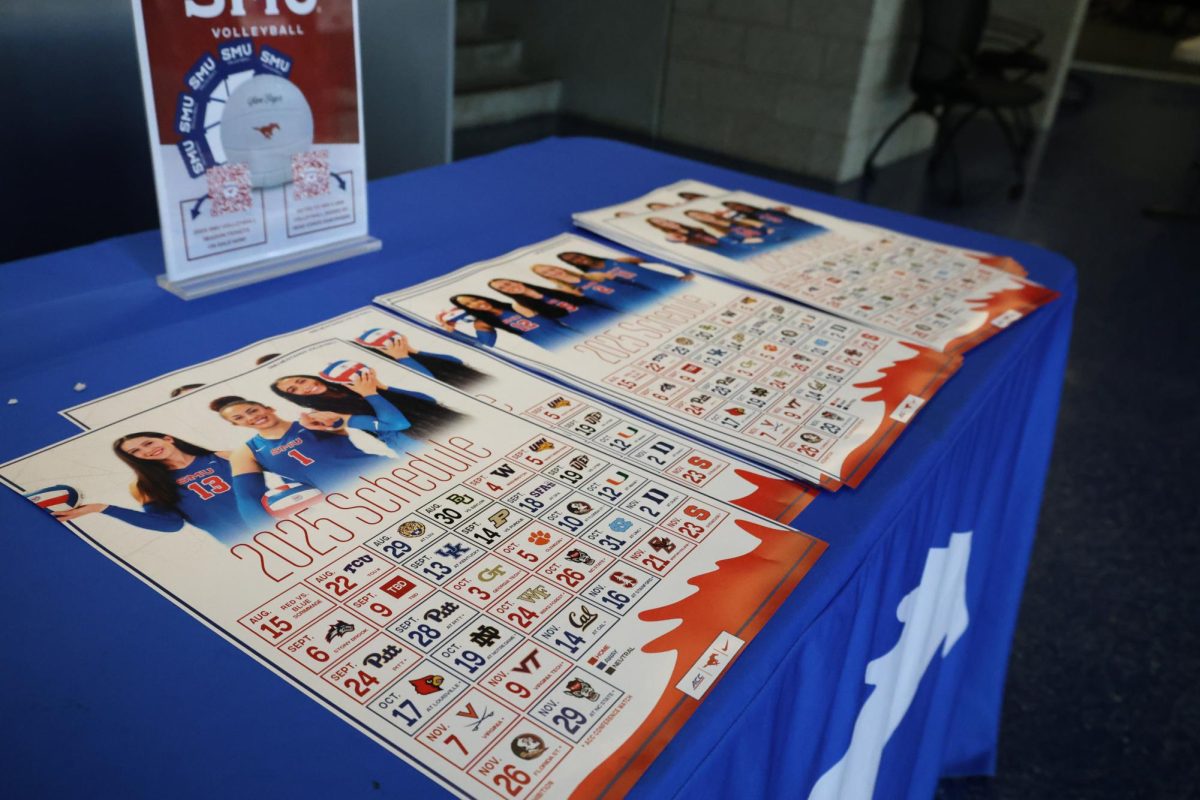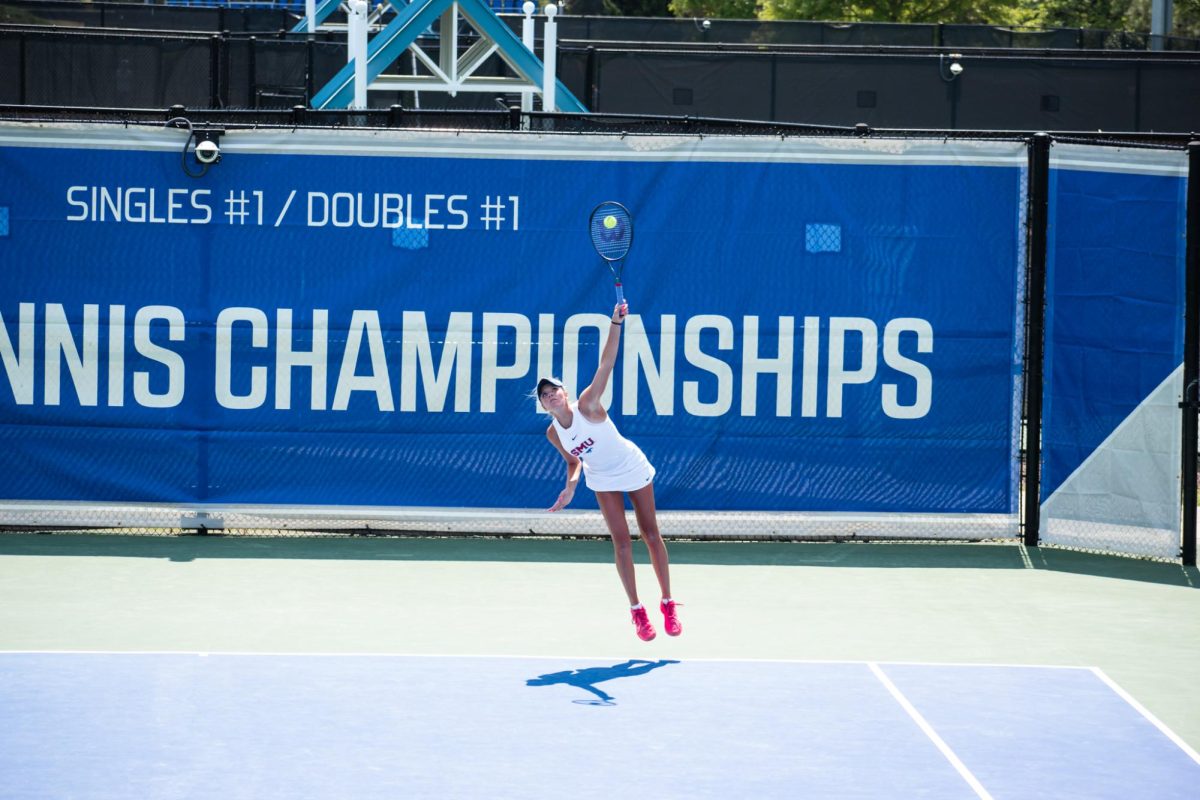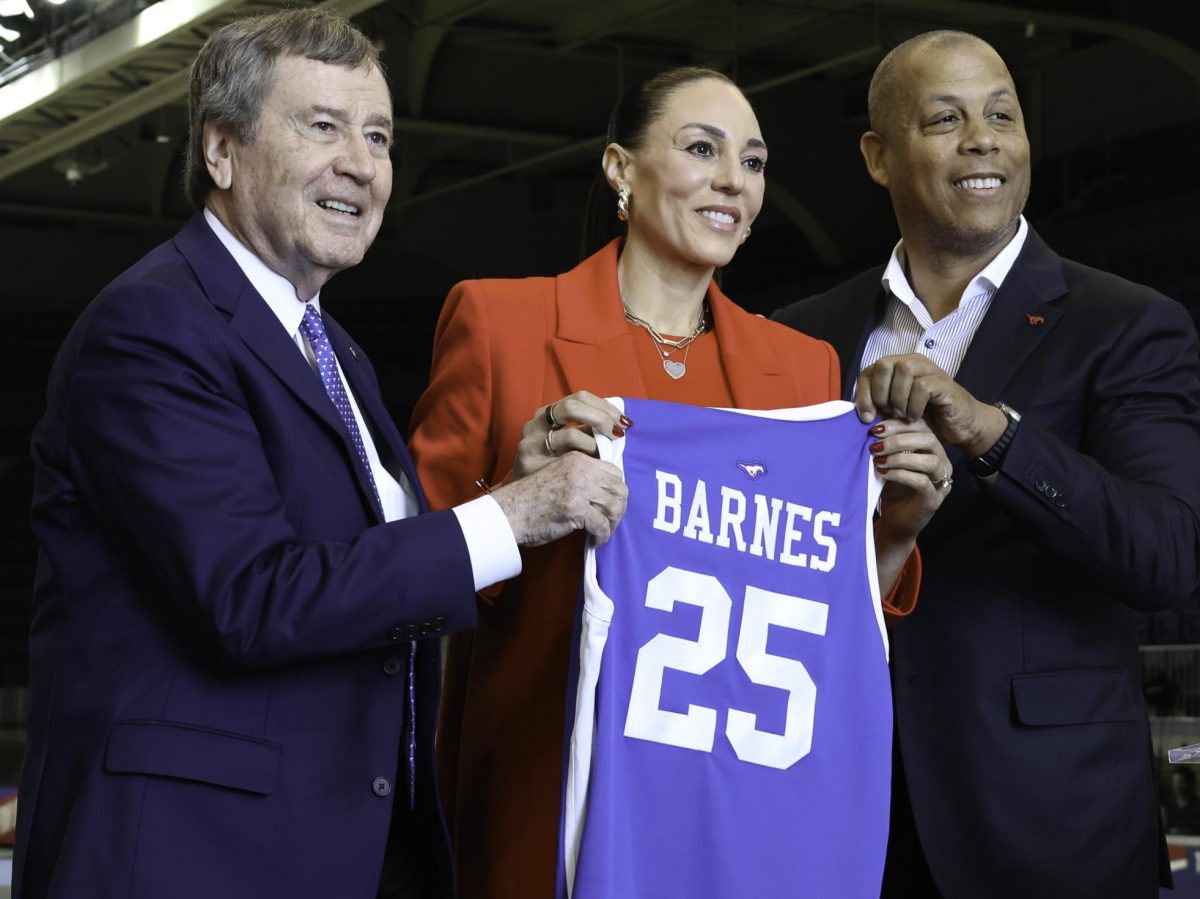
Recency bias.
It’s not a problem exclusive to stock market investors. Sports fans can easily fall into the recency bias trap. A bad team earning an impressive win can make fans forget about the team’s mostly poor performance on the season. On the other side, a good team playing poorly and losing a game and losing can make the largely good season forgettable.
SMU, needed a win for its second straight American Athletic Conference title, lost at Cincinnati in its final game of the season. SMU learned more than five months ago that March 6, 2016 was its last game of the season, meaning a conference title was all it could play for once its undefeated dream ended on Jan. 24 in Philadelphia.
Add that Cincinnati’s Fifth Third Arena was the only AAC venue in which SMU has not won a game, and SMU’s motivations for winning on Sunday are pretty clear and pretty strong. But SMU played a mistake-filled game and lost.
Cincinnati shot 29.5 percent from the field, made 1 of its 19 3-point attempts and had two field goals in the last 12:08 of game time.
The odds of winning with such numbers are extremely low. But not when the opponent, SMU, commits 17 turnovers, allows 30 free throw attempts and shoots only 3 free throws in the second half.
The logical fan reaction is disappointment and anger. That’s OK.
SMU, a largely experienced team, made uncharacteristic, self-inflicted mistakes in a critical game. SMU, which assists on 61.5 percent of its field goals, picked a bad game to boast a 10-to-17 assist-turnover ratio. Freshmen Shake Milton and Jarrey Foster, who were thrust into playing major minutes all season, picked a bad game to have freshmen moments. Being frustrated or even mad when a team that is usually poised in key moments doesn’t perform in a key moment is understandable.

But allowing that frustration or anger to wipe out the trends, memories and production of the entire season would be succumbing to recency bias.
SMU may not have won the conference title, but did win the most regular-season games in school history. SMU won at least 20 games for the third straight year, earned an AP top-10 ranking for the first time, won 13 conference games playing with seven scholarship players and were the last undefeated team left in college basketball. When Temple beat SMU in January, its fans stormed the court.
Temple has more than 1,800 all-time wins. SMU made its first NCAA tournament in 21 years just a season ago.
One rough game from two freshmen shouldn’t cast doubt over their ability to develop into star players. Nor should it cause anyone to disregard the progress each made during the season. Milton started 23 games, averaged nearly 33 minutes per game because of SMU’s depth issues, played two positions and was SMU’s fourth-leading scorer. SMU head coach Larry Brown repeatedly called Foster the team’s best perimeter defender. Neither is done learning or developing, but each was still critical to SMU winning 25 games.
Sunday was a missed opportunity. It’s OK to be mad about those. SMU is the top-ranked AAC team in both the RPI (11) and KenPom (21) ranks. It’s disappointing that the team ranked 22 spots ahead of any other AAC team in RPI didn’t win its league.
But falling into the recency bias trap would make all of SMU’s impressive work to earn those ranks forgotten.








